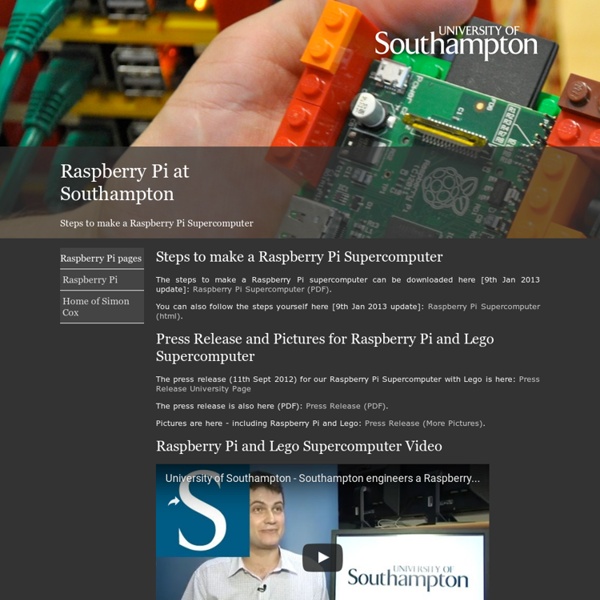



Azeez märkmed: Ehitus Vaarika Pi Cluster - 2. osa The Grand Finale In a previous post on Building a Raspberry Pi Cluster, I wrote about how we built a cluster using several Raspberry Pis. This cluster was used for hosting the WSO2Con App. In this post we will take a look at the finishing touches & some interesting information from WSO2Con 2013. The project was unveiled at WSO2Con 2013, London & was an instant hit. The team received many kudos from participants. Power Supply Like I mentioned in my previous post, we had to build a custom power supply that can cater to the voltage & current requirements of the Raspberry Pi cluster. USB Power Board Shown below is the USB power distribution board which could power up to 8 Raspberry Pis, or a single row in the rack. The +5V & GND lines in the board were connected to the power supply. Raspberry Pi Cluster Rack - the finished product The rack had to be very lightweight, and being able to easily disassemble it was a prerequisites since we had to carry the setup from Colombo, Sri Lanka to London, UK.
www.southampton.ac.uk/~sjc/raspberrypi/pi_supercomputer_southampton.htm Return to View video at: Prof Simon Cox Computational Engineering and Design Research Group Faculty of Engineering and the Environment University of Southampton, SO17 1BJ, UK. V0.2: 8th September 2012 V0.3: 30th November 2012 [Updated with less direct linking to MPICH2 downloads] V0.4: 9th January 2013 [Updated step 33] First steps to get machine up 1. I originally used: 2012-08-16-wheezy-raspbian.zip Updated 30/11/12: 2012-10-28-wheezy-raspbian.zip My advice is to to check the downloads page on raspberrypi.org and use the latest version. 2. You will use the “Write” option to put the image from the disk to your card 3. 4. $ sudo raspi-config 5. $ passwd 6. $ exit 7. 8. $ sudo apt-get update 9.
Opcion para crear un cluster economico Investigando un poco para poder desarrollar un cluster de bajo precio, encontre con un ordenador simple, portable de $35dls. el cual es el "Raspberry Pi", esta placa de bajo coste, cuenta con las especificaciones mas basicas. Las especificaciones son: Procesador ARM1176JZF-S 700Hz256 Mb. de Ram1 puerto USB1 salida de video HDMIRanura para memoria SD (Almacenamiento)Entrada de EthernetConsumo energetico de 3.5WSO Debia, Fedora o ArchLinux Lo importante a resaltar aquí es la entrada de ethernet y el sistema operativo que maneja, ya que este lo podemos emplear como servidor o hacer un mini cluster, ya que nos da la posibilidad de emplear Debian o Fedora, que son buenos para empezar con computo paralelo, la posibilidad de expandir la memoria de almacenamiento, su portabilidad, ya que si quermos trabajar en conjunto con otros, podemos llevarlo a todos lados, ya que es una simple placa.
Wiring PighiXXX Website